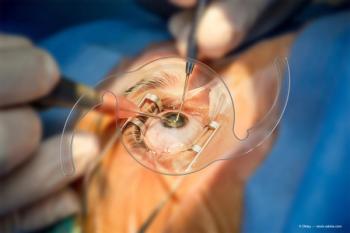
The IC-8 IOL uses the small-aperture concept to extend cataract patients’ depth of focus. Patients report high approval and reduced spectacle dependence.

The IC-8 IOL uses the small-aperture concept to extend cataract patients’ depth of focus. Patients report high approval and reduced spectacle dependence.

Biophytis will begin recruiting patients in France and Belgium for the second part of the COVA Study analyzing its leading drug candidate as a potential treatment for acute respiratory failure linked to COVID-19.
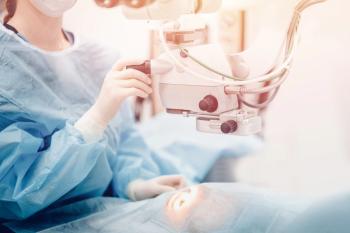
A new monofocal IOL was found to provide stability in the capsular bag 1 week and 1 month after implantation, with good refractive outcomes.

Strategies for the management and prevention of floppy iris syndrome include intraoperative interventions and recommendations on alternatives to tamsulosin for medical therapy in men with cataracts.
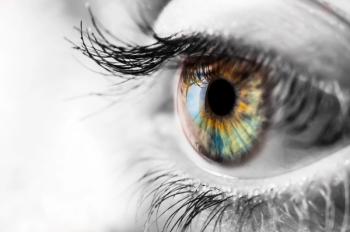
Recent improvements in electroretinography are making the technique more accessible for general use. It has a wide range of clinical applications.
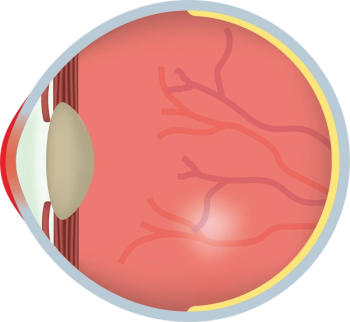
In recent years, ophthalmologists have seen several new therapeutics for the treatment of dry eye disease.

With NASA’s sights set on Mars, continued research into further understanding and mitigating spaceflight-associated neuro-ocular syndrome is of the utmost importance for astronaut health and space exploration.
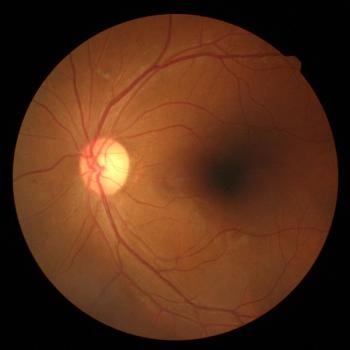
Results of a study analysing cytokine levels in the aqueous humour and serum of patients with nonproliferative diabetic retinopathy with and without diabetic macular oedema support further research investigating transforming growth factor-β-induced Gene Human Clone 30 (BIGH3) as a potential biomarker for DMO.

As the world observes International Holocaust Remembrance Day each January 27, Dr John H. Merey may be the only Holocaust survivor still in the practice of ophthalmology.
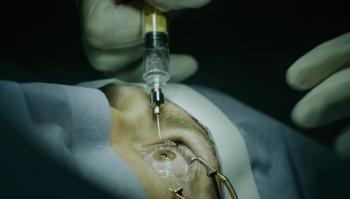
Surgeons can consider a relatively simple, inexpensive, efficient and accessible incision-free procedure to preserve blebs.
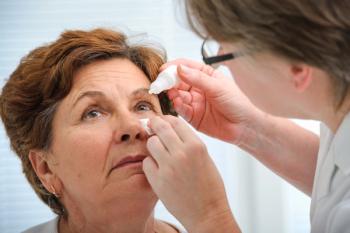
To date, the suprachoroidal space has not been a feasible route to reduce intraocular pressure in glaucoma. A new device promises to change that.

Study found that YAG laser vitreolysis was less invasive than pars plana vitrectomy for patients with vitreous opacities.
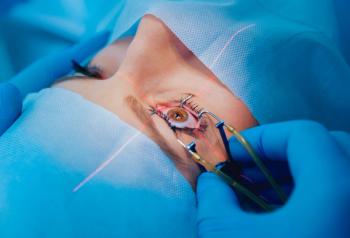
Presbyopia can be treated in emmetropic, myopic and hyperopic patients with refractive errors between +5.75 and -9.00 D using corneal non-linear aspheric ablation profiles to increase the depth of field in both eyes, in combination with micro-monovision. Patient satisfaction with this approach is high.
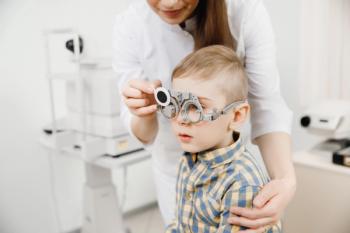
Community support is the most important factor in ascertaining effective treatments for paediatric eye diseases.
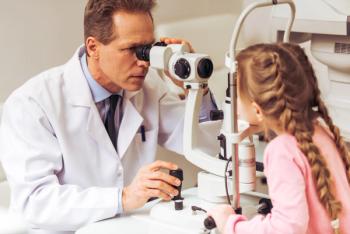
Diabetes mellitus, which is a common chronic disease in children, can lead to significant eye morbidities with long-lasting effects, including diabetic retinopathy. Treatment should be tailored to the individual patient.
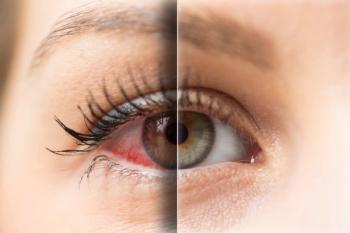
The vicious cycle theory is a new way of understanding dry eye disease and may help improve prevention and treatment strategies.
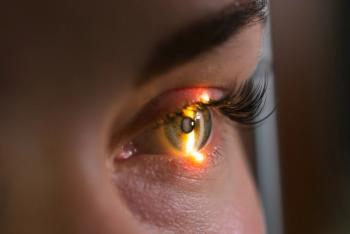
Faricimab is the focus of the YOSEMITE and RHINE studies, which investigators say show that the investigational bispecific antibody has the potential to offer lasting vision improvements for patients with diabetic macular oedema.

A cluster of COVID-19 positive patients developed endophthalmitis, and investigators are searching for a link.
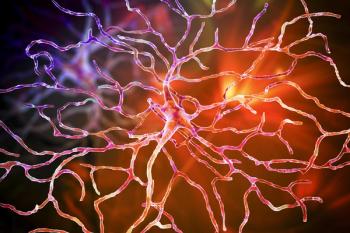
Prospective randomised trial demonstrates clinical equivalence of biosimilar and reference ranibizumab

The principle of pinhole optics at work in the IC-8 IOL overcomes visual disturbances associated with corneal disease and provides a functional range of vision.
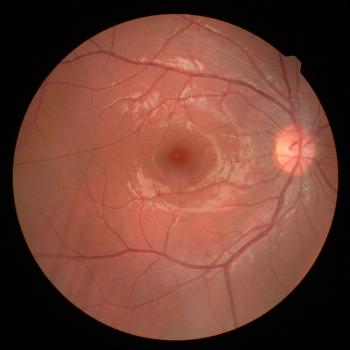
Good early adherence to label regimens can make a difference, yielding vision outcomes approaching those in clinical trials, emerging real-world studies of anti-VEGF for DMO suggest.
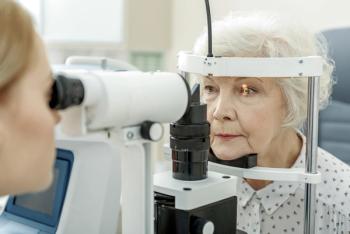
Poorly focused YAG shots lead irrevocably to a permanent defect in the IOL material and thus to possible effects on the quality of vision with straylight or glare. In a recent study, the differing amounts of damage that Nd:YAG causes in a range of hydrophilic and hydrophobic acrylic lens materials was assessed.

As OCT-A devices become faster, the algorithms advance and the instrument costs decrease, more widespread utilisation in retina practices is likely.

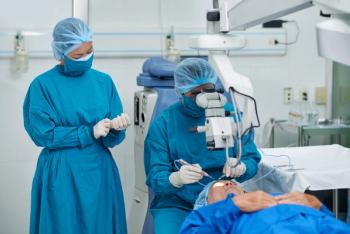
The Malyugin ring 2.0 expands the small pupil safely and effectively to enable excellent intraoperative visualisation. It has a good safety record and is easier to use than alternative methods.

In this roundtable, members of the Ophthalmology Times Europe® Editorial Advisory Board consider the top challenges and opportunities that they anticipate will affect ophthalmology in Europe in 2021.
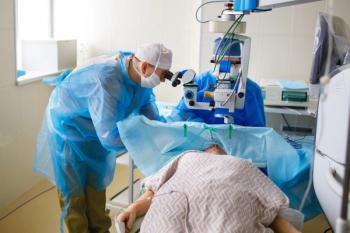
During AAO 2020, Neal H. Shorstein, MD, explains how physicians at Kaiser Permanente have a streamlined regimen using a prophylactic drop-free drug before cataract surgery for more than a decade.
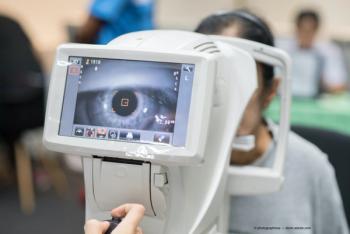
Bradley Smith, MD, presents at AAO 2020 on how fingolimod 0.5 mg, a first-line treatment for multiple sclerosis, may reduce both the number of relapses and disease progression in patients with relapsing-remitting MS as well as the incidence of uveitis.

A case series of 13 young patients with Charles Bonnet syndrome, which is characterised by visual hallucinations in individuals who are experiencing sight loss, showed that the patients all had inherited retinal diseases or congenital eye disorders but there was no link with visual dysfunction.
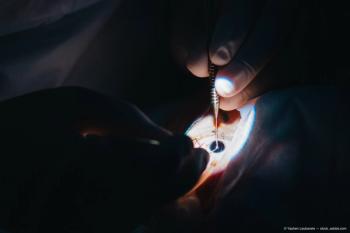
Tamer Mahmoud, MD, PhD, discusses autologous retinal transplant (ART) for macular holes, a procedure he developed, which is providing anatomic hole closure in the vast majority of cases as well as increases in visual acuity.